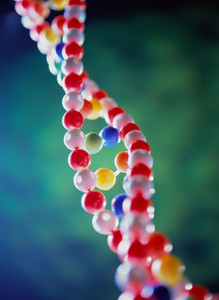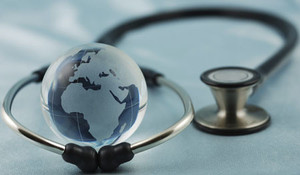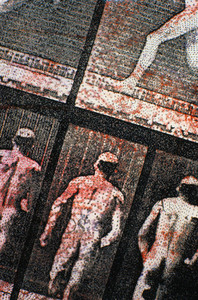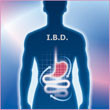In a NEJM Letter to the Editor of 18 February 2010, Mr David Wheadon, Senior Vice President of the Scientific & Regulatory Affairs team of the Pharmaceutical Research and Manufacturers of America (PhRMA) –having been employed by several pharmaceutical companies (Eli Lilly, GlaxoSmithKline, Abbott) and holding stock in Abbott Laboratories and GlaxoSmithKline– corrects the NEJM Perspective article by Mr Engelberg et al. of 12 November 2009, writing that “the record should be set straight” with regard to the market exclusivity of biologicals in the biosimilars debate.
- Home
-
Generics
News
- FDA approves generic teriparatide and levetiracetam
- US generics launch and approval for Dr Reddy’s and Lupin
- Five Chinese companies join UN’s MPP for Covid-19 medicines
- South Korean companies to make generic Bridion and COVID-19 drugs
Research
- Generic medications in the Lebanese community: understanding and public perception
- Community pharmacists’ understanding of generic and biosimilar drugs: Lebanon case study
- Reshaping landscape of Japanese generics market – uncertain future of universal health insurance
- Impact of e-bidding procurement on generic omeprazole injection prices in Thailand
-
Biosimilars
News
- China approves first denosumab copy biological Maiweijian
- EMA recommends approval of first denosumab biosimilar Jubbonti and Wyost
- First denosumab biosimilars approved in Canada and the US
- Dr Reddy's launches bevacizumab biosimilar Versavo in the UK
Research
- Topline results for Polpharma Biologics’ vedolizumab biosimilar candidate
- Comparing biosimilar adoption: Medicare Advantage versus traditional Medicare
- Questioning the need for ethnic sensitivity assessments for biosimilar monoclonal antibodies
- ANVISA's role in biosimilar medicine regulation and innovation promotion
- MORE EDITORIAL SECTIONS
- Search








 0
0











Post your comment